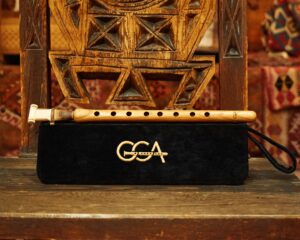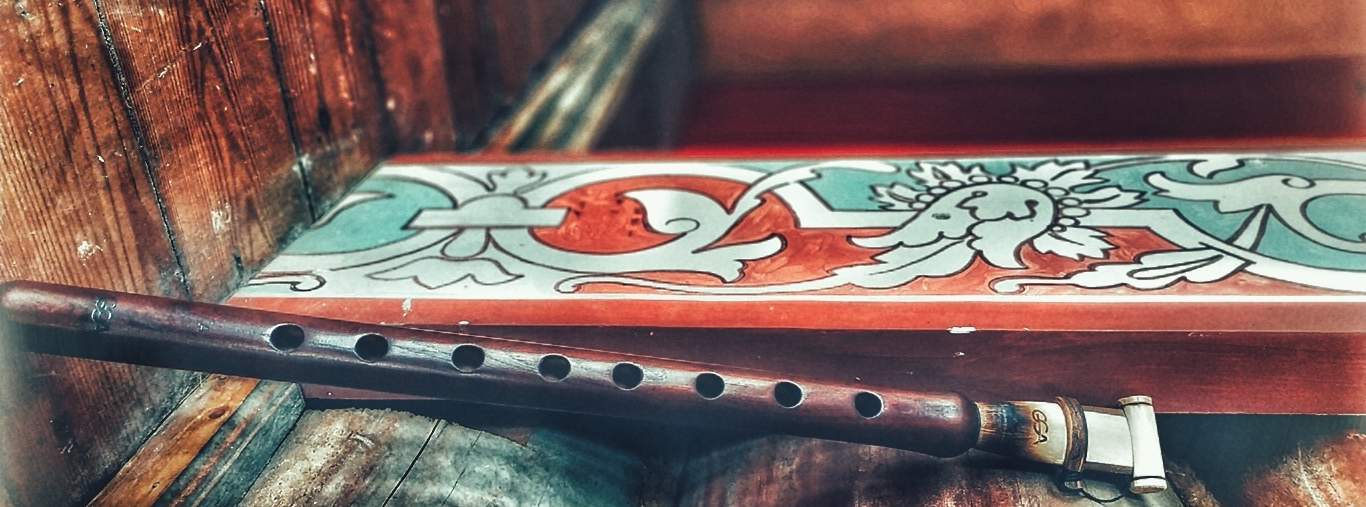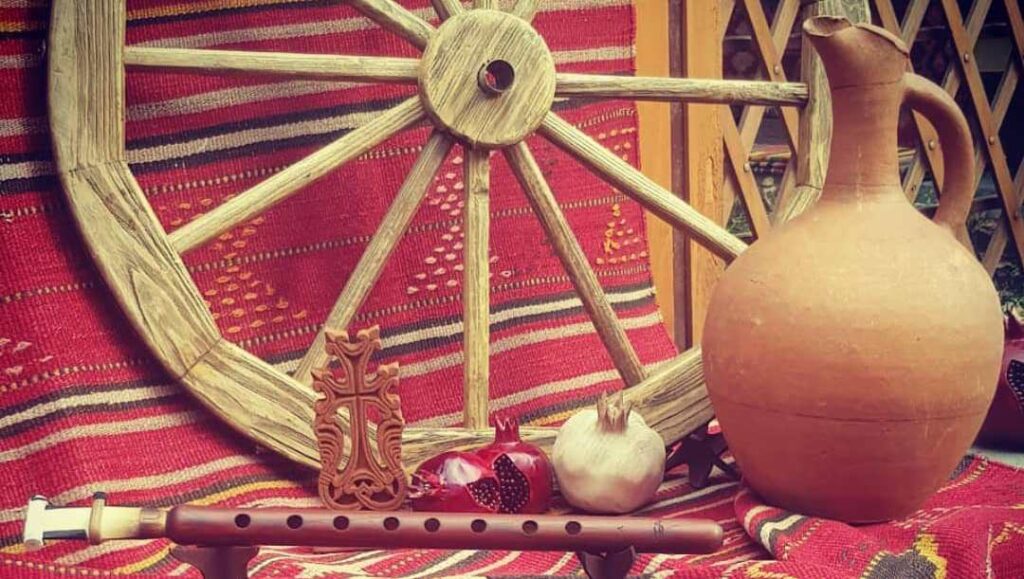
Duduk Special Gift Set in a Hard Case
Enhance Your Duduk Experience: A Special Gift Set in a Hard Case

The duduk is not just an instrument, it is a vessel of emotions that carries the soulful melodies of a nation steeped in history and tradition. When the first note is played, it captures the essence of the Armenian people, their struggles, and their triumphs. It tells a story of love, loss, and longing that is so deep and profound, it can stir even the coldest of hearts.

Playing the duduk is an art form that requires a high level of skill and precision. It involves controlling the breath and embouchure, the mouth and lip position, to produce a range of notes and tones. The player also uses various fingerings and articulations to produce different rhythms and textures. The result is a wide range of expressive and emotional sounds that can evoke feelings of sadness, longing, joy, and celebration. But it must be said that playing the duduk is not just a skill, it is an art form that requires a connection to the soul. It is about being in tune with the instrument and the emotions it conveys. The player must breathe life into the reed, coaxing out each note, each nuance, with precision and care. It is a dialogue between the musician and the instrument, a conversation that speaks volumes without uttering a single word.
The duduk is not just a musical instrument, it is a cultural icon that has been passed down through generations of Armenian musicians. Its distinctive sound is deeply rooted in the traditions and customs of the Armenian people, and it has played an integral role in their religious and cultural ceremonies for centuries. Its mournful tone can be heard at funerals, conveying a sense of loss and sorrow. Yet, it can also be heard at weddings, filling the air with the sounds of joy and celebration.

In recent years, the duduk has transcended its traditional roots and has found a place in the world of contemporary music. It has been used in film soundtracks, including “Gladiator,” “The Last Temptation of Christ,” and “The Promise.” It has also been featured in pop and rock music, adding a unique and exotic flavor to the sound.
The art of playing the duduk has been passed down through generations of Armenian musicians, and today, it is taught in music schools and conservatories throughout the world. Its distinctive sound and emotive qualities have captured the hearts of musicians and audiences alike, making it a beloved and cherished instrument in the world of music.
In conclusion, the duduk is a unique and soulful instrument that has a rich cultural history and a captivating sound. The art of playing it requires skill and precision, and its expressive qualities make it a versatile instrument that is now used in a variety of musical genres. Whether it is played in traditional or contemporary music, the duduk’s hauntingly beautiful sound will continue to captivate listeners for generations to come.

Enhance Your Duduk Experience: A Special Gift Set in a Hard Case

Duduk Instrument Prices There are a number of factors that can affect
GGA represents professional musical instruments, that are recognized all over the world. The instruments are exclusively hand-made works. Feel the spirit of the orient music.